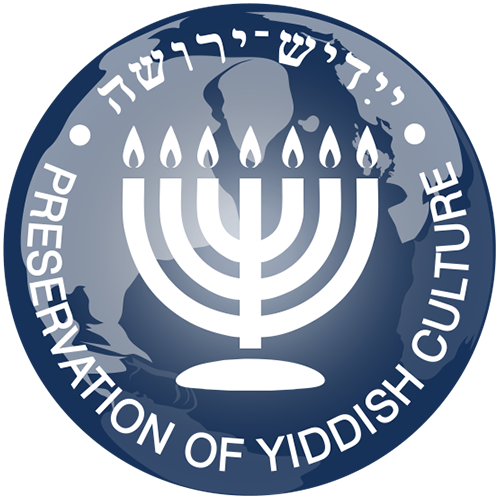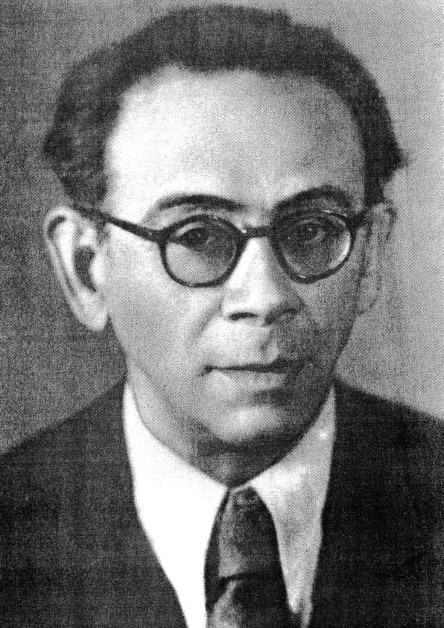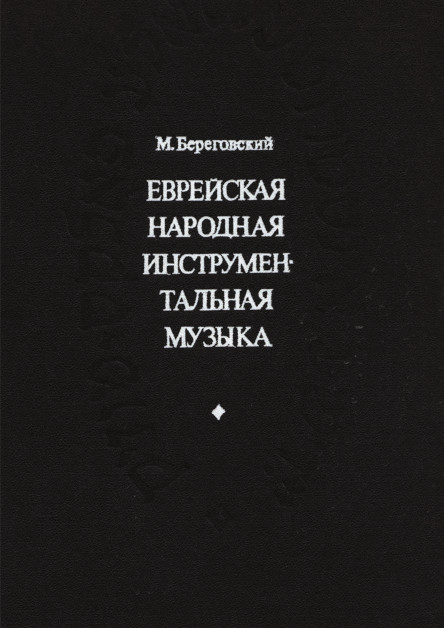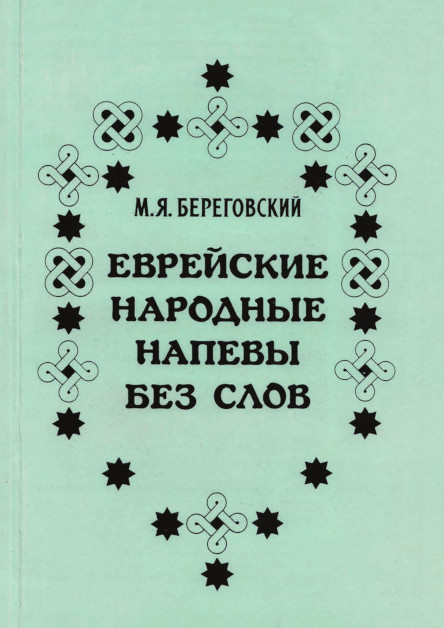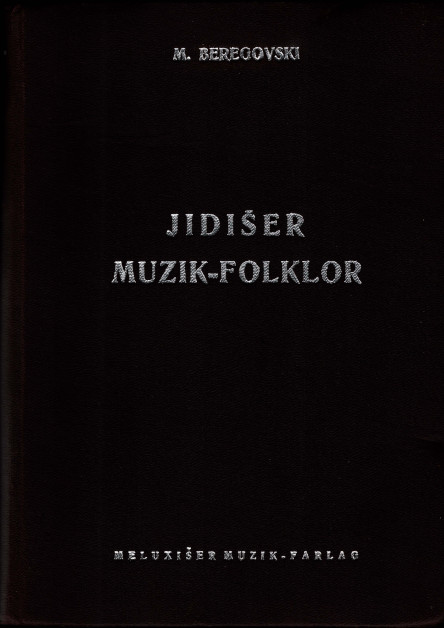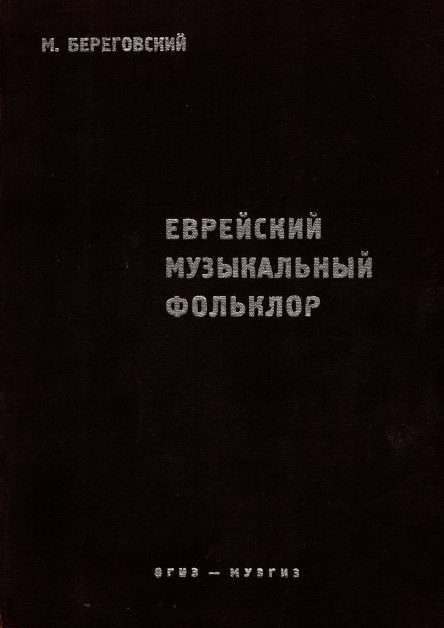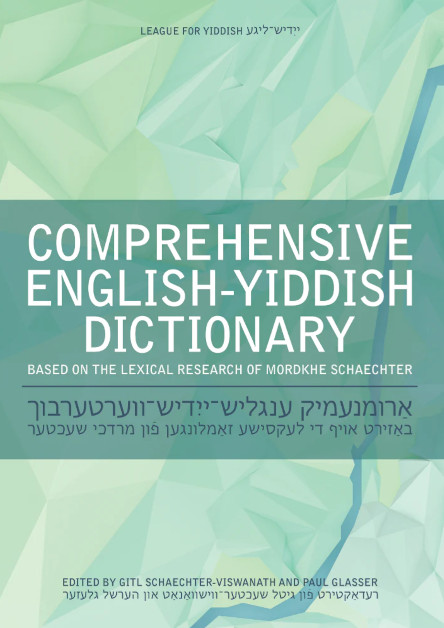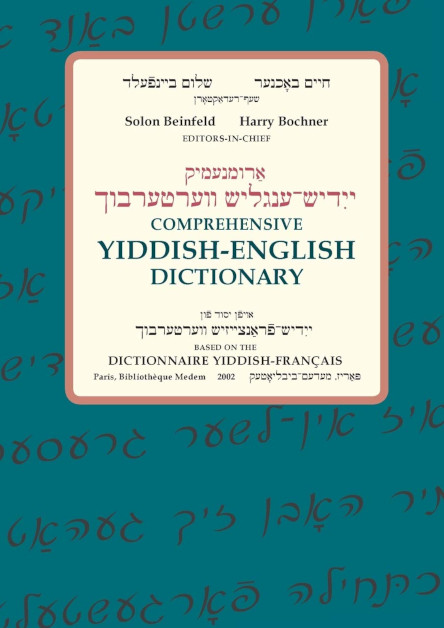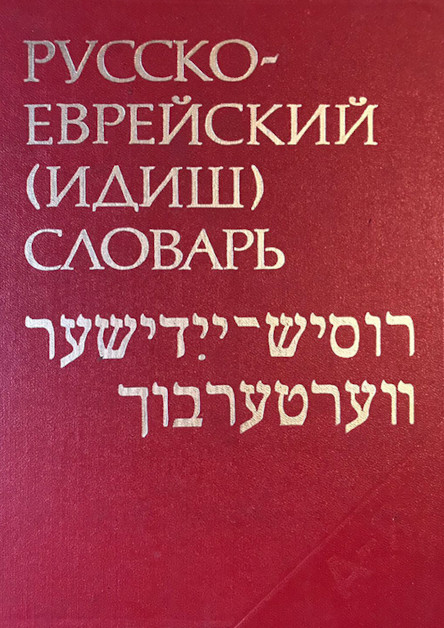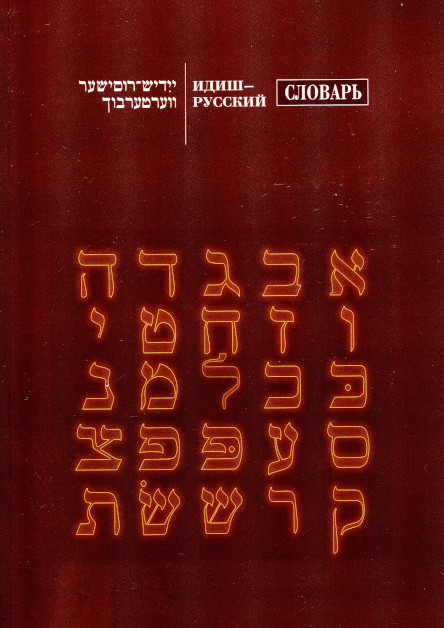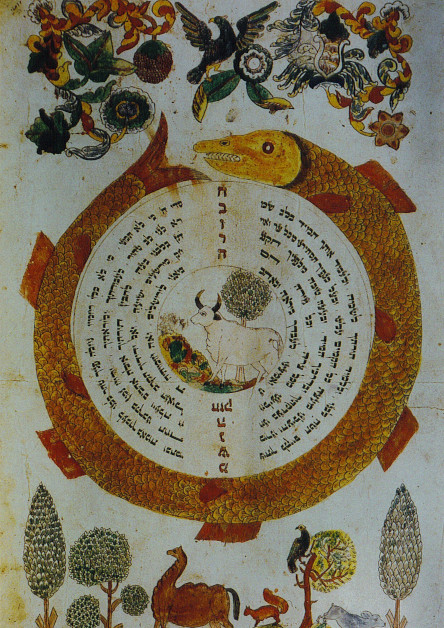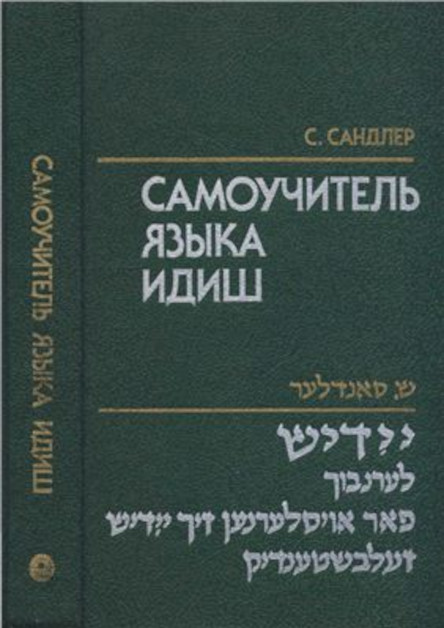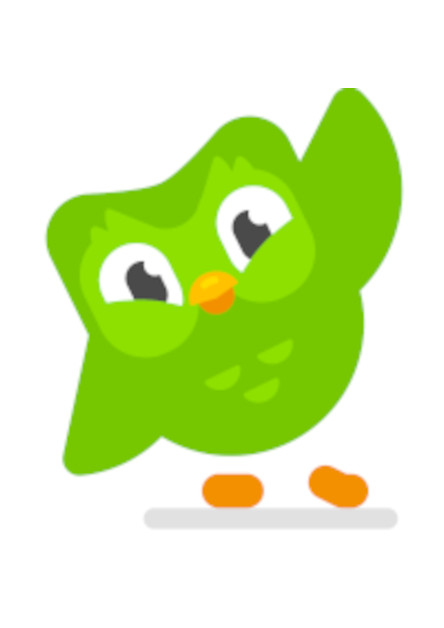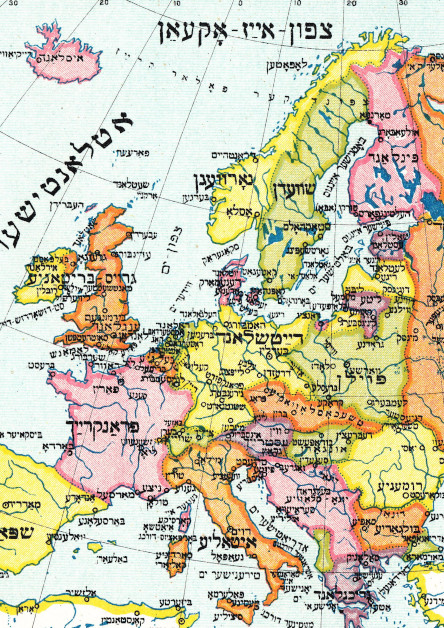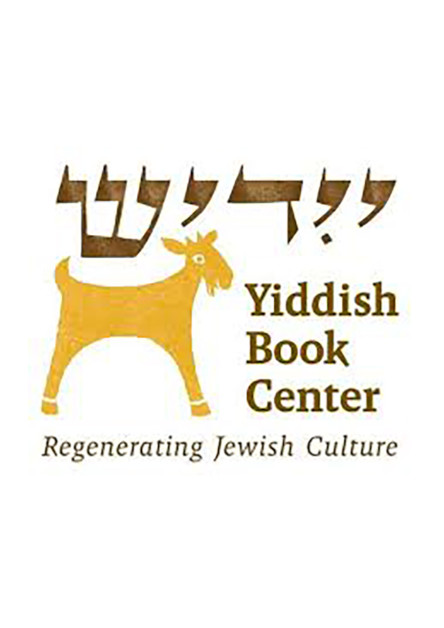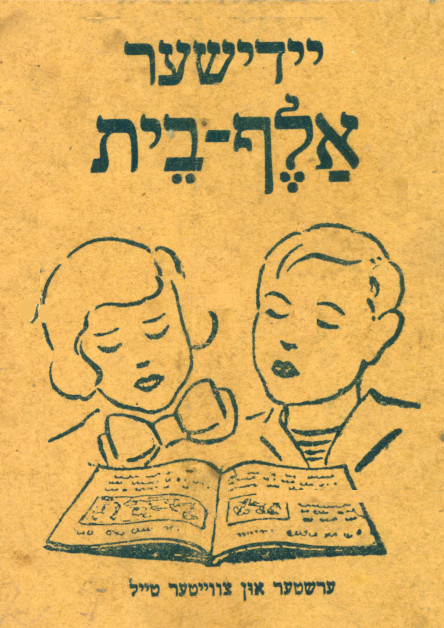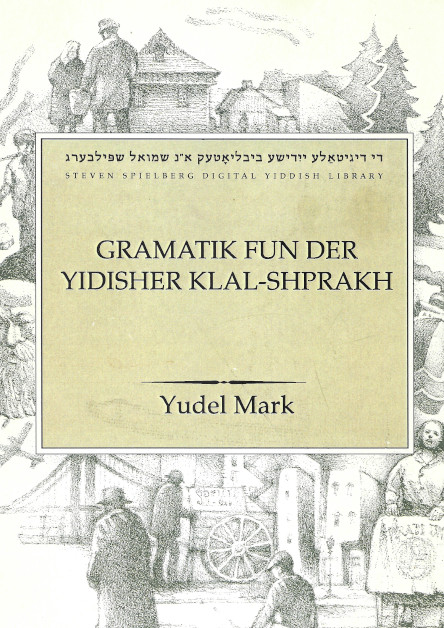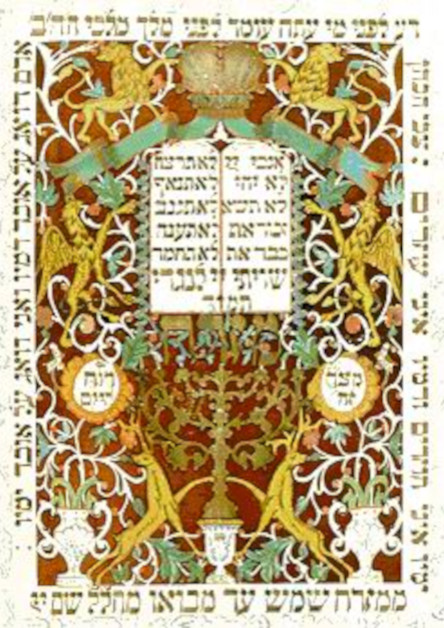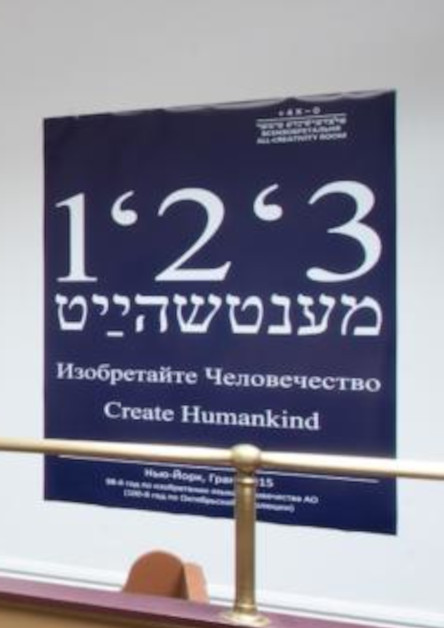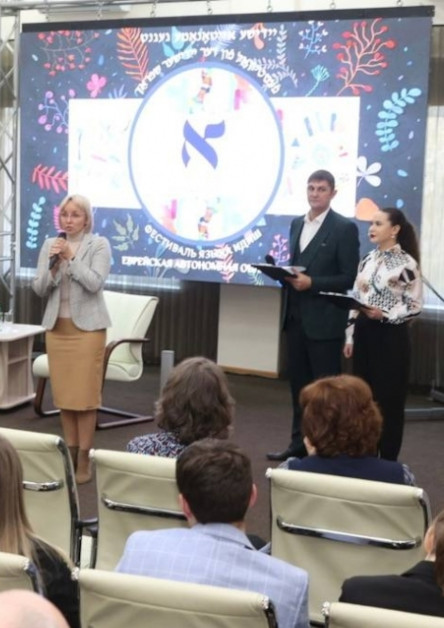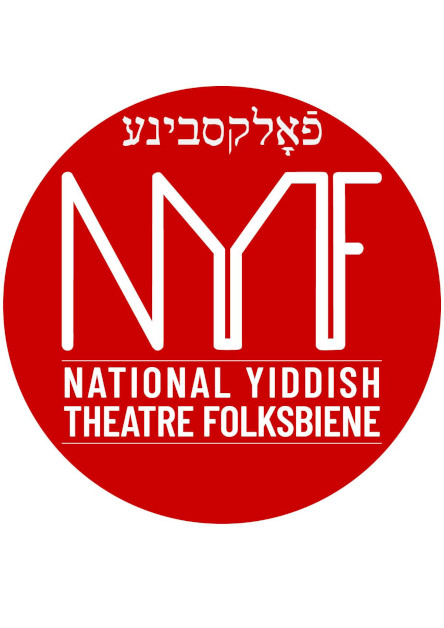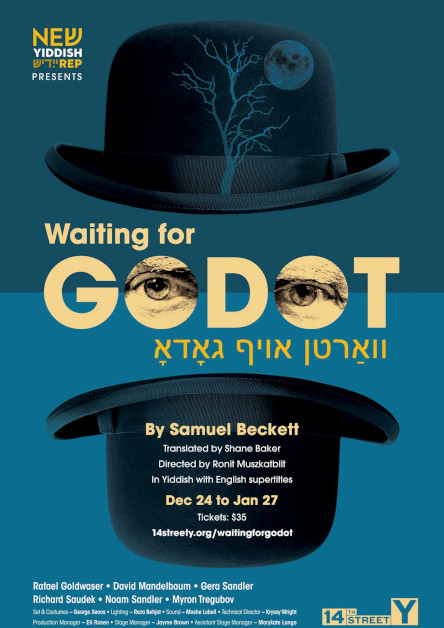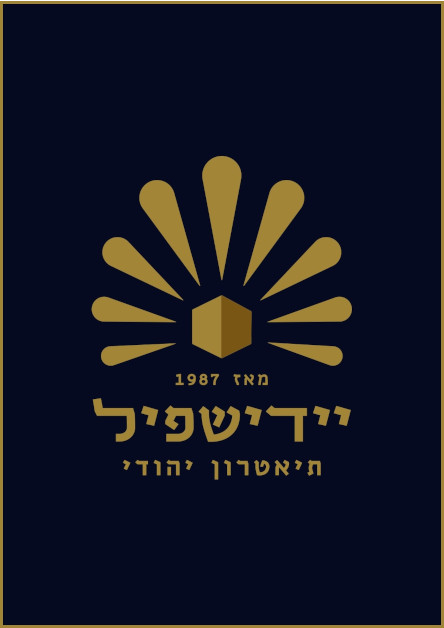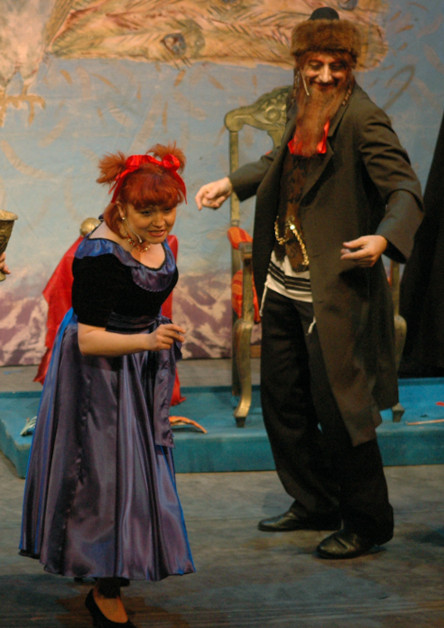Moisei Beregovsky’s Works
Online Study Resources
Online Study Resources
Contemporary Yiddish Music
Contemporary Yiddish Music
Among the many modern writers and performers of Yiddish songs, there are people of a wide variety of views, artistic preferences and backgrounds. Yiddish attracts not only musicians of Jewish ancestry, but also ethnic Germans, Russians, African Americans, Chinese performers, etc.
Here is one outstanding example.
Psoy Korolenko (real name Pavel Lion) is a performer from Jewish background born in 1967 in Moscow. Having a PhD in philology, he is a musician, songwriter and a polyglot who sings in Russian, Yiddish, English and French, often mixing these languages together, experimenting with different song traditions. From the playful use of Yiddish as a “glue” for connecting the heterogeneous elements of his work, Korolenko gradually moved on to performing songs from the archives of Moisei Beregovsky and other collectors of Jewish folklore. Korolenko often uses previously forgotten texts discovered in Kiev by the Canadian researcher Anna Shternshis.
See below some other examples of the extremely diverse modern musical creativity in Yiddish.
Exhibits and Performances
Exhibits and Performances
Yevgeniy Fiks: Short Biography
Yevgeniy Fiks: Short Biography
Yevgeniy Fiks is an artist and exhibition organizer, who developed the concept of Yiddish Cosmos and wrote an artistic manifesto on contemporary Yiddish art.
Born in 1972 in Moscow, he has been living and working in New York since 1994.
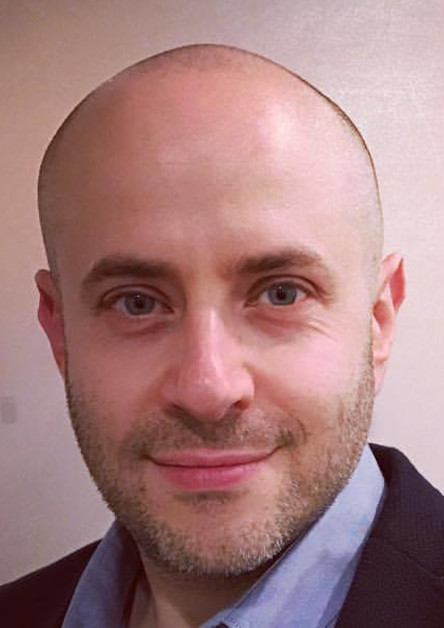
Yevgeniy Fiks
In the early 1980s, Fiks became interested in Yiddish, which he had heard from birth, and asked his grandmother to teach him this language. Later, while living in America, Fiks created his own concept of Yiddish as a “cosmic” language, capable of connecting heaven and earth, everyday life and fantastic utopia, Jewish and global culture. In 2018, his exhibition Yiddish Cosmos was held for the first time in New York and later on took place in his hometown, Moscow.
In his artistic manifesto, Fiks reflects on the growing popularity of Yiddish among the younger generation of artists, writers and scientists, on the special place of this language in contemporary avant-garde art. Among other examples, he cites the work of the Afro-American Yiddishist Anthony Russell and the Yiddish translation of the play Waiting for Godot by the Irish classic Samuel Beckett. The artist emphasizes the uniqueness of Yiddish culture as a bridge capable of uniting traditional ethnicity with universal human ideals, the past with the present and the “cosmic” future.
In 2022, the famous Venice Biennale, one of the largest international art exhibitions, opened the Yiddishland Pavilion. The curators of this exhibit are Yevgeniy Fiks and Maria Veits.
Yiddish Cinema, Radio, TV
Yiddish Cinema, Radio and TV
The new millennium is witnessing a resurgence of Yiddish cinema. This is partly due to the growth of Yiddish-speaking Hasidic communities, whose secluded lifestyle seems exotic and intriguing to the general public. Such are the feature films “Romeo and Juliet in Yiddish” (2010), “Felix and Meira” (2014), “Menashe” (2017), and the German-American mini-series “Unorthodox” (2020).
Boris Sandler, a contemporary Yiddish writer, released a series of video talks of Yiddish writers and poets who are no longer alive. However, the departure of the old generation authors is now being compensated by new talents whose Yiddish activity attracts the interest of filmmakers. For example, modern Yiddishists from different countries speak in the 2020 documentary called Yiddish made by the Parisian director Nurith Aviv. Numerous conversations with contemporary authors have been filmed by the National Yiddish Book Center in Amherst and by the literary online magazine Yiddish Branzhe, both based in the US.
The weekly TV program Yiddishkeit broadcast in Birobidzhan contains a variety of materials in Yiddish. The radio program Dos yidishe kol (The Yiddish Voice) is broadcast every Wednesday in Boston. Almost every day, online Yiddish radio programs are posted by American Hasidim on the website Yiddish24, where several dozen presenters regularly speak on a variety of topics.
These examples, far from being exhaustive, allow the listeners and viewers to immerse themselves into the atmosphere of modern Yiddishland, to appreciate today’s development of the language in a direct way. Thanks to the Hasidic media channels, one can also get acquainted with the characteristics of the predominantly Austro-Hungarian dialect that is spoken in the Yiddish-speaking neighborhoods of New York and other places with large populations of native speakers.
